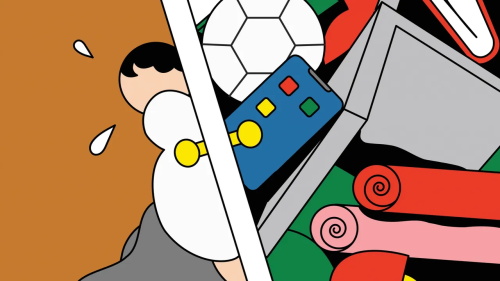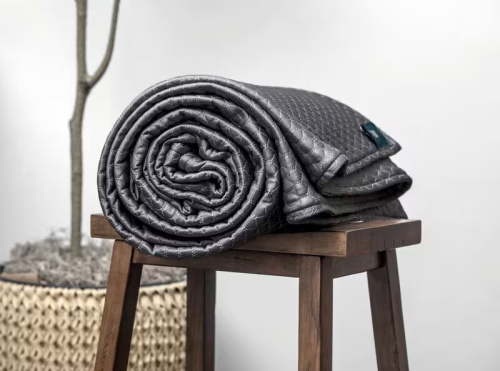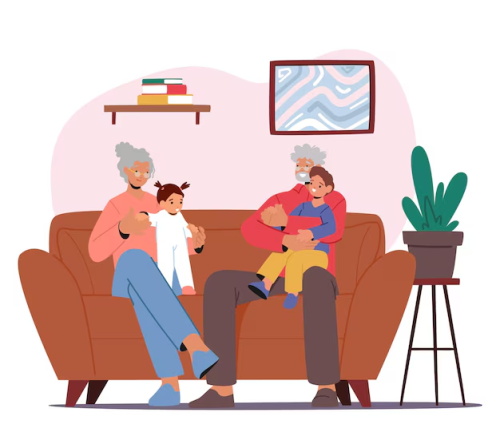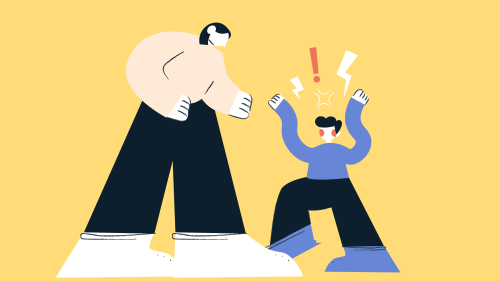The Science Behind Rear-Facing: How Cybex Sirona Keeps Infants Safer

Many parents know that everyone in a car, whether in the front or back seat, must wear a seatbelt. But does a seatbelt offer effective protection for very young infants? Or is it really safe to hold your child while driving?
In fact, holding a child while driving is extremely dangerous. Imagine a car collision at 30 to 50 km/h: a 10-kilogram child would experience an impact force equivalent to 300 to 500 kilograms — basically like being shot out of the car like a bullet. An adult’s arms cannot restrain this movement, and the child can be thrown violently, with potentially tragic consequences.
Moreover, infants have very different body proportions and physiology compared to adults. Their chest bones are not fully developed, and using an adult seatbelt directly often causes the belt to press against their neck and face, risking serious injury to their ribs and neck. On top of that, airbags are designed for adults. When deployed, they inflate at speeds up to 300 km/h and exert forces around 2000 Newtons, which can strike a child’s head at exactly the wrong height — potentially causing severe neck injuries or even death.
The Development and Trend of Child Safety Seats
To protect children in vehicles, child safety seats were developed specifically for their needs. These seats are fixed to the car and are designed to absorb impact forces in collisions or sudden stops, reducing injury risks.
European regulations, such as the ECER44/03 standard, strictly define the requirements for child safety seats. These include safety belt components and accessories designed to maximize protection during impacts. Research shows that properly using a child safety seat can reduce child fatalities in car crashes by up to 71%.
Since the 1980s, with the introduction and enforcement of laws, child safety seat technology has rapidly advanced. What began as simple foam seats has evolved into sophisticated products using advanced materials and integrated safety features.
Why Choose Rear-Facing Seats?
For babies aged 0 to 4 years, rear-facing seats are undeniably the safest option. Leading safety testing organizations like ADAC recommend that infants remain rear-facing at least until age two.
This is because babies have relatively large, heavy heads and underdeveloped neck and spinal muscles that cannot withstand severe impact forces. Rear-facing seats better support the head and neck during collisions, greatly reducing injury risk. Forward-facing seats simply do not offer the same level of protection for very young children.
Cybex Sirona S — The Perfect Blend of Safety and Convenience
Cybex’s Sirona S is one of their most iconic safety seats for ages 0 to 4, widely praised for its high safety standards and user-friendly features. It scored an impressive 2.3 in the rigorous German ADAC safety tests, reflecting its excellent protection capabilities.
The Sirona S supports both rear- and forward-facing installation, accommodating children from 4 to 65 pounds, perfectly adapting to their growth stages. From birth, babies can ride rear-facing with maximum protection; as they grow heavier and older, the seat can be transitioned to forward-facing to meet evolving needs.
One standout feature is the one-button 360° rotation, allowing parents to easily switch the seat’s direction without uninstalling it. This makes placing the child in the seat or adjusting their position quick and effortless, saving time and effort.
Professional Design to Keep Children Safe
When installed rear-facing, the Sirona S’s egg-shaped curved shell plays a critical role in absorbing impact forces, significantly reducing injuries from frontal collisions. This design also protects the baby’s delicate neck and spine, providing essential support during crashes.
The seat features a five-point harness with energy-absorbing properties to reduce neck strain and keep the child secure. Its triple side-impact protection system includes:
- A side protection system designed to disperse impact forces,
- An energy-absorbing shell that mitigates collision energy,
- A U-shaped, thickened headrest that cushions and supports the head.
Together, these components provide comprehensive protection, especially in side collisions, helping to safeguard the child’s head and neck.
Additionally, the Sirona S is equipped with an anti-roll base and support leg to keep the seat stable during a crash. A safety indicator ensures the support leg is properly installed, helping parents avoid incorrect installation risks.
SensorSafe 3.0 Technology
Cybex Sirona S features the innovative SensorSafe 3.0 system, which links the car seat directly to the caregiver’s smartphone. This system monitors the baby’s temperature and safety status in real-time. If any irregularities occur—such as overheating or the harness becoming loose—the system immediately alerts the parent via their phone. This feature provides an extra layer of peace of mind, allowing parents to stay informed and respond quickly no matter where they are.
With its scientifically backed rear-facing design, excellent structural protections, convenient 360° rotation, and smart safety monitoring system, Cybex Sirona S offers comprehensive protection for infants in the car. Its professional features specifically address the vulnerability of a baby’s head and neck, reducing injury risk in collisions and giving parents greater confidence in their child’s safety.
When it comes to child safety, there is no room for compromise. Choosing a scientifically designed safety seat that grows with your child is the most responsible decision every parent can make.
Recommended for you:







